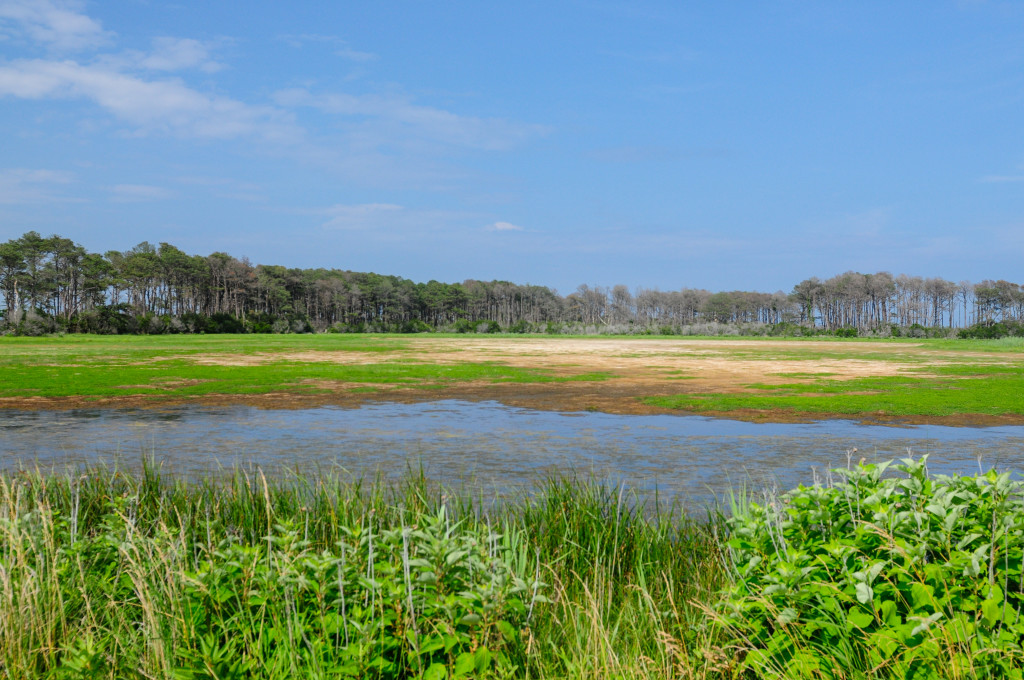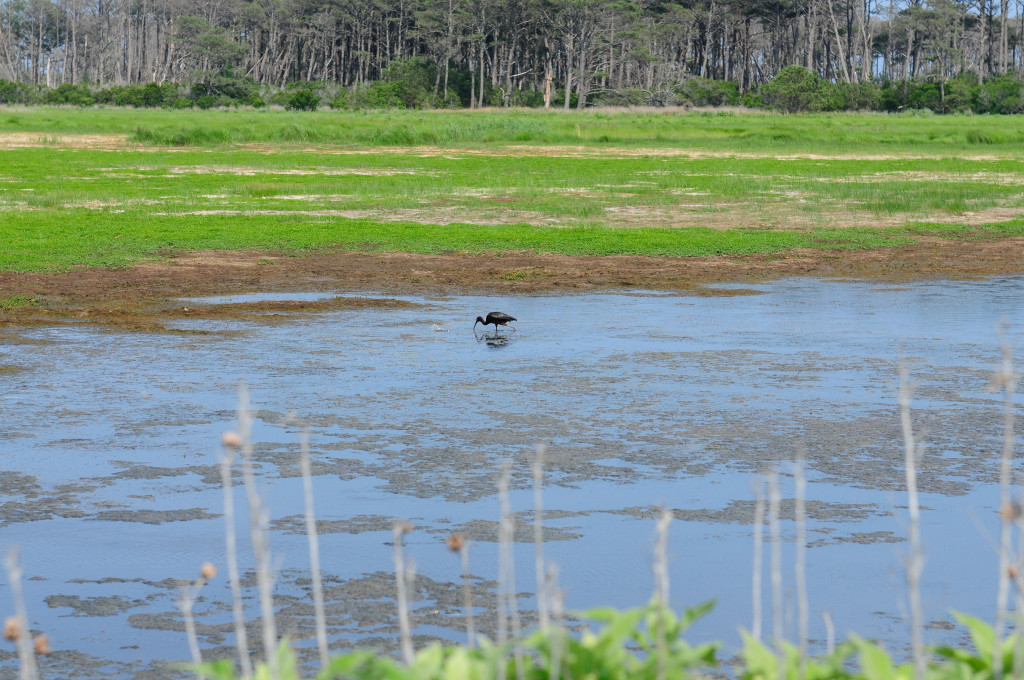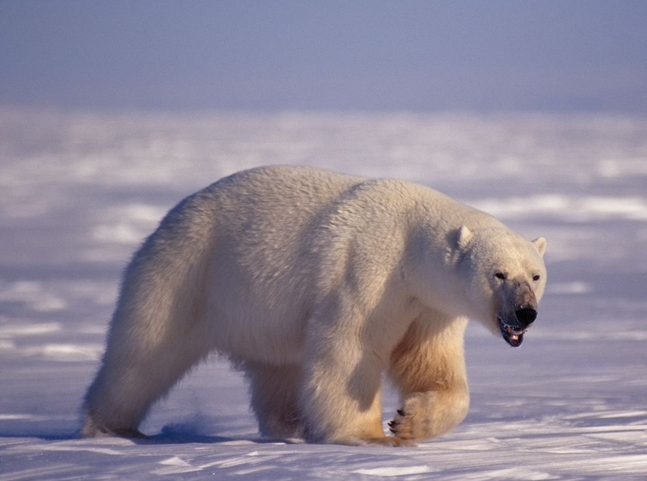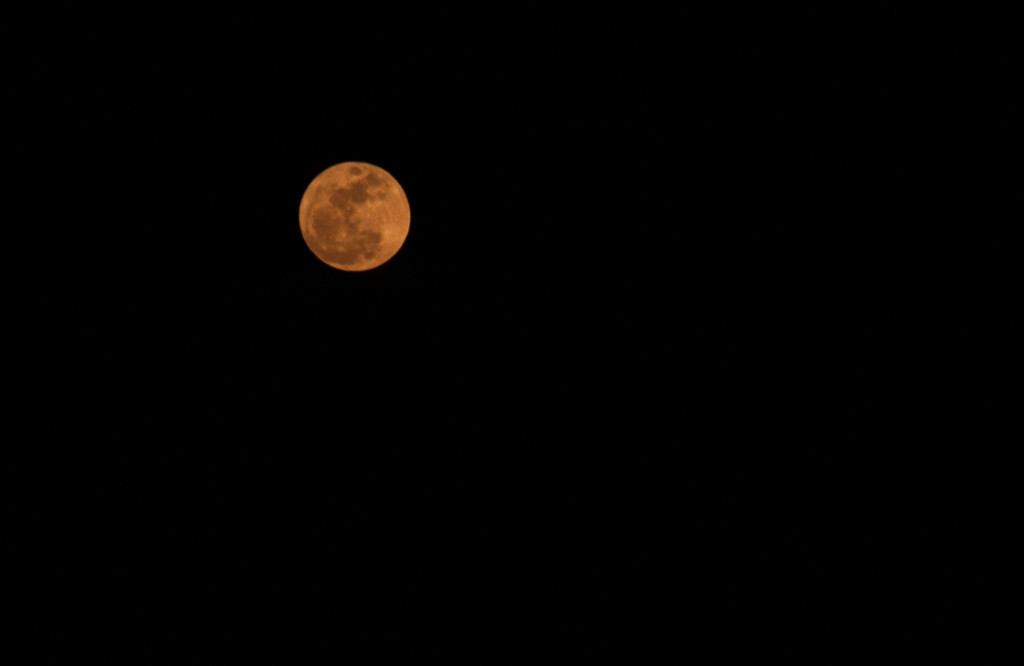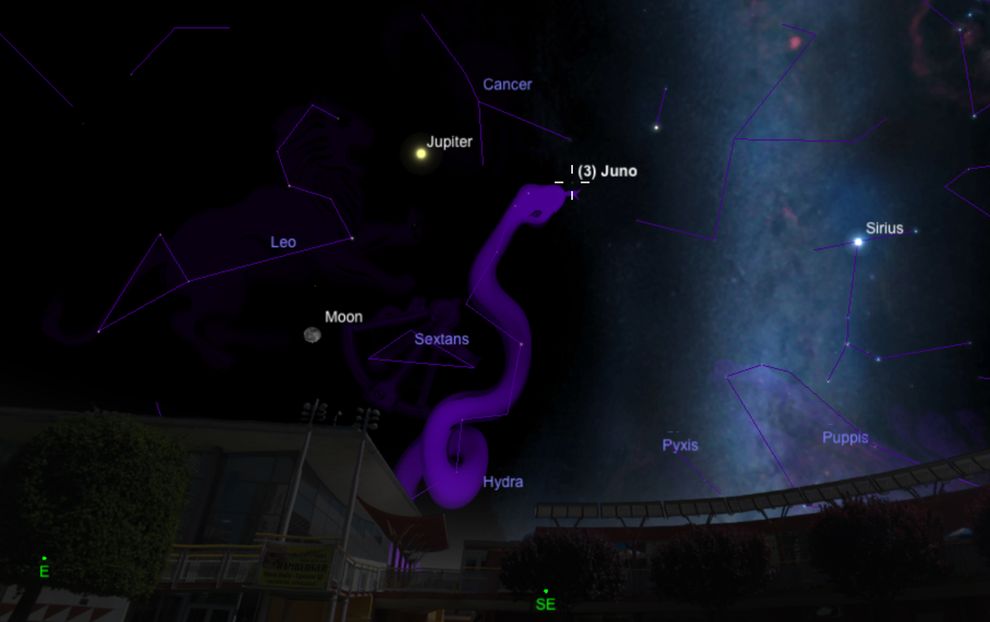On the first Wednesday of each month we like to pause and take a look at what’s going on in the world around us, with a particular focus on animal activity, celestial events, and our farmers’ fields.
Welcome February! Bye, bye January.. you suck. Am I the only one who thinks that? Hands down my least favorite month of the year, which makes February that much sweeter. Even though February is only a few days shy of a full month, it always seems to scoot on by. Here’s what’s happening this month:
Animal Activity:
I usually take a walk in the woods every day because it’s my job. Actually my job is dog walking, but they like to hike, I like to hike, to the woods we go! Anyway, this week I have been hearing and seeing a lot more bird activity. The squirrels started scurrying about more and more a couple weeks ago, but now I’m hearing lots of rustling in the bushes. If you focus your eyes you’ll notice little song birds hopping around in the brush. I also saw a few red-headed woodpeckers this week. It’s nice to feel like you’re not the only animal (besides the pups) in the woods.
If you’re currently in Myanmar, (kudos to you for spending time reading this blog) you are definitely not the only critter in the woods. A four-year-long bird count just revealed there are over a thousand bird species in Myanmar! To compare that to the United States, there are about 900 species total here, while Myanmar is only about the size of Texas. The count also discovered 20 new species. Speaking of bird counts, I’m encouraging YOU to participate in the Great Backyard Bird Count (GBBC) this year. All you have to do is stand outside (in your yard or wherever you please) and count birds for fifteen minutes or longer if you wish. This event takes place from February 13th – 16th this year and you can report your findings here. According to the National Auduban Society, last year, participants turned in more than 144,000 online checklists, creating the world’s largest instantaneous snapshot of bird populations ever recorded. Power to the people, yo.
Let’s move on to the bird cow of the sea. While I was researching wetland restoration projects, I learned of 300 manatees flooding into the Three Sisters Springs in Florida this past Tuesday. The US Fish and Wildlife Service issued a temporary closure of the springs to safeguard the manatees. The photo above is from Citrus County where biologists counted a record 797 manatees, which is 140 more manatees than the previous record count from 2012! I saw one manatee, once. I flipped out. Pointing and shouting like a three-year-old, I can’t even imagine seeing 800 at once.
Fields and Festivals:
I tend to think of winter as carb season, meaning I shove my face with any type of fresh bread I can buy and lots and lots and lots of pasta, but apparently there are vegetables growing as well. Winter is actually a great time to find all types of greens at the farmers market. I know salad doesn’t strike one as a winter food, but indeed it is. In between bread snacks (which happen at least three times a day) I’m usually eating a caesar salad. I never ever tire of caesar salads. I realized this a few years ago and have not slowed down since. Any who, for the past few weeks I’ve found spinach, kale, beets, radishes and other salad greens at my local market to supplement that habit. It’s also a great time of year for roasting veggies (read: keeping your house warm and toasty) so pick up some turnips or a butternut, acorn or other winter squash while you’re at the store.
I must not forget citrus! As you know, it’s orange season here on the blog so go scoop up your citrus while it’s nice and juicy and make this cake! That’s an order. While you’re busy tossing grapefruits, clementines, tangerines, navels and mandarin oranges in your basket, try a pummelo. A pummelo, pommelo, pomelo, or however your local grocer spells it, looks like a big grapefruit, but tastes sweeter. Pomelos (my favorite spelling) are native to Southeast Asia and indeed, I had my first one in Thailand. The pomelo above was devoured in Laos. I love how Lao fruit hawkers start the peeling process for you #weakfingers. Go buy a pomelo! I don’t want you missing out, now is the time!
- World Wetlands Day – was actually a couple days ago! If you missed it, feel free to celebrate it today or tomorrow or really any day you please
February 2, 1971 marks the signing of the Convention on Wetlands, also known as the Ramsar Covention. Like most environmental holidays, World Wetlands Day is really a day to raise awareness about the fragility and importance of our wetlands. If you would like to get involved, you can download teaching materials, submit a photo in this year’s contest and make a pledge to help here.
- International Polar Bear Day – celebrated on February 27th, is an effort to raise awareness about the conservation status of the polar bear. The polar bear has really been the face of a quite successful marketing campaign to decrease global warming. International Polar Bear Day is a time for people to think about their carbon output and ways to reduce it. Many zoos hold events to educate the public about polar bears in the hopes that parents and children will empathize with them and try their best to save them by reducing carbon emissions. Kate, it looks like there’s an event at the Denver zoo! While reading up on polar bears, I came across this interesting article about the possibility of pollution weakening polar bears’ penile bones making it harder for them to mate. That sounds like quite the read, right? Find it here.
Earth and Sky:
Did you catch the full snow moon and jupiter being buddies last night? After sunset, Jupiter cozied up next to the moon. It was that bright, starlike body a few degrees away from last night’s full moon. The photo above was taken pretty early, before Jupiter was visible. Even though the moon and planet appeared to be close together last night, it’s just an optical illusion. Jupiter is 36 light-minutes away, while the moon is only 1.3 light-seconds from earth.
If you missed that, look for the moon stationed near the blue-white star Regulus tonight. Regulus is, wait for it, 70 light-years away from the earth! Are you not in awe? Light is amazing. Oh and Regulus marks the heart of the constellation Leo. Where my Leos at?! I’m ashamed to admit that I don’t always know where Leo (my sign) is in the sky, but thanks to the Star Walk app, I can usually find it after a few moments. That app is totally worth 299 pennies.
Tomorrow (Thursday, Feb 5) be on the look out for Juno. Nope, not the winter storm, the asteroid. Juno is actually one of the largest known asteroids (160 miles wide) and it will be glowing at its brightest for the year. Yippee! Find the Hydra constellation rising in the east after nightfall on Thursday. You’ll need binoculars or a small telescope to spot Juno floating among the stars shining at a magnitude of 8. For a comparison, the full moon shines at a magnitude of -13, which means it’s easy to spot anywhere, at any time of day. To see a scale of light magnitudes, check out this chart.
Jupiter is making quite the appearance this week and it will actually be at its brightest for the year on Friday, February 6th. On Friday, Jupiter will be at opposition, meaning that it is on the opposite side of the sky from the sun. Check out our largest planet from sundown to sunrise. If you have binoculars you can view Jupiter’s moons, but a small telescope would be even better that way you can also peek at Jupiter’s complex cloud belts.
If you’re in the Northern Hemisphere, you have one goal and one goal only: spot the zodiacal light. Never heard of zodiacal light? I don’t think I have either although after reading about it, I feel like I’ve definitely seen it before. It’s a pyramid-shaped beam of light that is easily mistaken for the lights of a far-off city. It’s also referred to as the false dawn, but the zodiacal light is more ethereal. The best time to see the phenomena is about an hour after sunset. Venture into the dark countryside (you don’t want light pollution clouding your view) and look toward the western horizon. This celestial phenomenon is actually the reflection of billions of dust-size particles left behind in interplanetary space after the planets formed about 4.6 billion years ago. Is that crazy or what?! You’re basically viewing the prettiest possible dust bunnies, but instead of gathering under your sofa they’re floating around in freaking space!! And you don’t have to clean them up, which is an added bonus.
I feel like I focus a lot on how objects are viewed from the Northern Hemisphere and for that I apologize, but just know that I’m making an effort to see things from both sides now. So if you’re in the Southern Hemisphere (and you’re enjoying summer and long sunny days) you should pull out your sky-watching blankets for the Alpha Centaurids meteor shower on Sunday the 8th. The Alpha Centauraids is an annual shower and most times it’s pretty unimpressive, but there’s a chance you can spot up to 25 shooting stars per hour, so hop to it Souther Hemmy! Be on the look out for meteors after local nightfall and before dawn the next day.
Those are merely the star-gazing events of the next week. Dust off your telescopes my friends and go enjoy the night.





